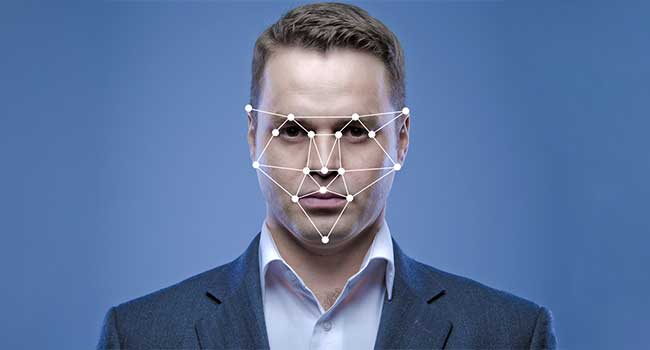
Face Recognition Start-up Says It Can Identify Terrorists
- By Sydny Shepard
- May 31, 2016
An Israeli start-up has signed a contract with homeland security to help identify everything from terrorists to geniuses using facial recognition software.
Faception can analyze faces from video streams (recorded or live), cameras or online/offline databases, encode the faces in proprietary image descriptors and match an individual with various personality traits.
The start-up has built 15 different classifiers, which evaluate with 80 percent accuracy certain traits. The start-up believes the software can look at a person’s face and realize character traits that are undetectable to the human eye. Using the traits found, they can determine if the person is a terrorist, extrovert, pedophile or even a white-collar criminal.
The start-up is pushing forward, seeing tremendous power in a machines ability to analyze images, but experts caution there are ethical questions and profound limits to the effectiveness of this kind of technology.
Faception chief executive Shai Gilboa says that he serves as the start-up’s chief ethics officer and will never make his classifiers that predict negative traits available to the public.
The biggest problems lie with the machine’s imperfections. With only an 80 percent accuracy rate, Gilboa hopes that governments would only use his facial recognition findings with other sources that point to whether the person could be a terrorist or not.
About the Author
Sydny Shepard is the Executive Editor of Campus Security & Life Safety.